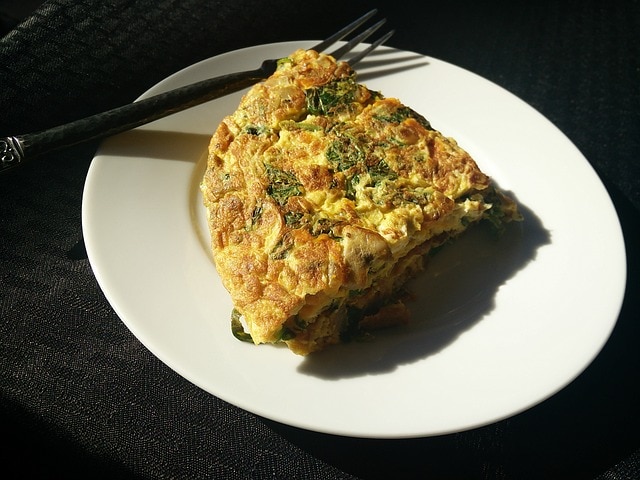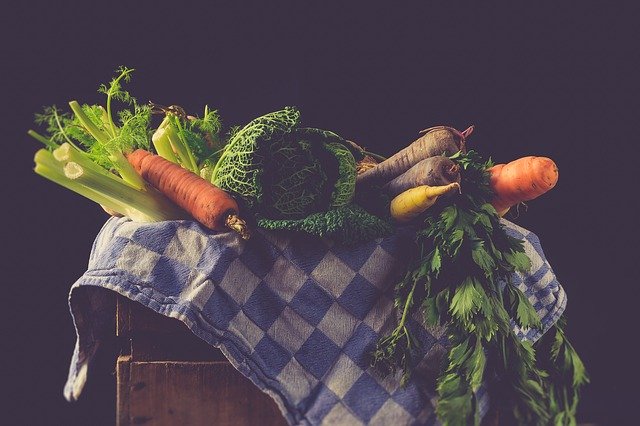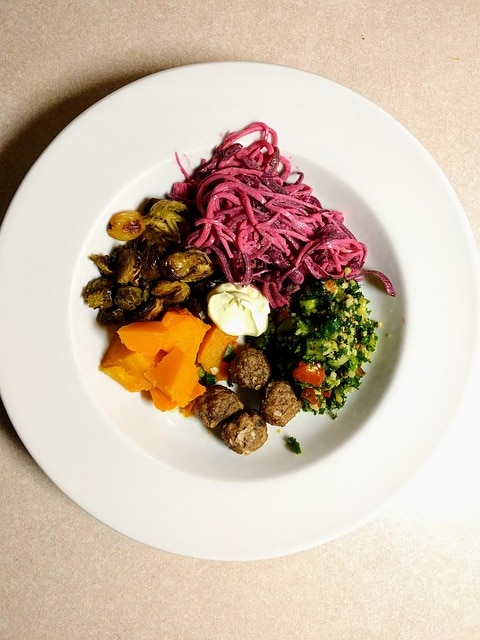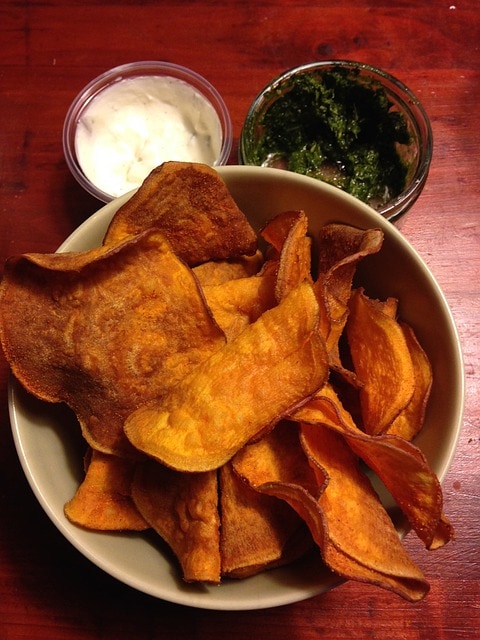The Paleo diet has been endorsed by celebrities for a while now, including Gwyneth Paltrow and our very Chef Pete Evans. We seem to be surrounded by books and blogs as well as supermarket shelves that are lined with paleo-compatible foods. It may have left you wondering how and why anyone would want to eat like a caveman and what is paleo diet in the first place.
Paleolithic diets first emerged in 1985 and were inspired by the Paleolithic period, a period of human history stretching from approximately 2.5 million to approximately 10,000 years ago. It is believed that human beings at that point depended largely on vegetables, fruit, nuts, insects, roots, and meat, which varied on season and availability. The health benefits of this diet are considerable and have been touted by followers for a few years now.

What is the paleo diet?
To answer what is paleo diet, we have to go back to the dietary patterns of our ancestors from the Paleolithic period. The diet is also referred to as the caveman diet or the ancestral diet.
This was a time before the agricultural industry developed when the dietary habits of humans relied on weather, season, location, and availability of food sources.
This diet stems from the belief that most modern-day chronic metabolic disorders are the result of the human body being unable to adapt from those ancient times. Followers of this diet believe that going paleo lets you maximise the efficiency of your body and enjoy the metabolic effects positively.

This sort of diet tends to be higher in protein and lower in fats when compared to our modern diets. It places importance on essential fatty acids whilst being high in fibre and low in sodium. It recommends eating only what is paleo-suitable, which means only the foods that our ancestors had access to. This means avoiding processed or packaged foods and limiting food items such as:
- Cereal grains
- Dairy
- Legumes
- Refined sugar
- Processed foods
- Potatoes
- Alcohol
- Vegetable oils
- Sweeteners
The Paleo diet believes that carbohydrate consumption was low during the Paleolithic period, which is highly debated as carbs could have come from other sources depending on the location, seasons and food availability. While it may be impossible to find some of the foods that our ancestors ate or to mimic their eating habits, you can apply the principles of it to your daily food intake.
What are the pros of a paleo diet?
There are certain factors that work in favour of this diet such as:
- The focus on whole and unprocessed foods
- It emphasises consuming healthy fats from nuts and seeds
- Protein is sourced from healthy sources like meats, eggs and fish which provides you with higher quality protein but keeps you full between meals
- It recommends larger amounts of fruits and vegetables, something which most Australians do not get enough of

What is the paleo diet in terms of science and nutrition guidelines?
While there are few scientific studies conducted on the paleo diet, they are few and far between as well as small in scale. There is a severe lack of high-quality studies which does not work in the favor of the Paleolithic diet. A few points have emerged from the study though:
- The diet was concluded as being difficult to adhere to as compared to other diets
- There were no long-term follows to ascertain viability
- One study showed that a 9.3 % increase in income would be required on average to meet nutritional targets suggested by this diet
Based on the Australian Dietary Guidelines (ADGs), the paleo diet has faced some severe criticism. The only thing the paleo diet has in common with the ADGs is the exclusion of processed and sugar-laden foods from whole foods. Other than that it is criticized for the following reasons:
- It excludes several whole food groups which can lead to nutritional deficiencies.
- It encourages high protein consumption instead of carbohydrates which is not sustainable for energy
- ADGs recommend whole grains, legumes and dairy all of which are excluded from the paleo diet and can lead to several health problems when not consumed
When it comes to dietary advice, the health and general state of the population need to be considered. The ADGs have a sharp focus on weight loss because a majority of the Australian population qualifies as overweight. Accredited Practising Dietitians (APDs) take into account these guidelines to help most Australians come up with specific diets to lose weight after considering several factors including current health and economic status. No general diet found in books, magazines or the internet can match their level of tailored and expert-driven advice.
Are there any concerns related to a paleo diet?
Some of the food recommendations made by the Paleolithic diet have been highly criticized in Australia as well as worldwide:
- The diet bans the consumption of dairy foods which can lead to poor calcium levels
- It demonizes healthy high-fibre grains and legumes, such as lentils, chickpeas, beans
- The diet is incredibly low in carbohydrates compared to other diets which can lead to excessive eating as you might not have enough energy to sustain yourself during the day
- With low-carb consumption comes the risk of higher protein and fatty acid consumption in the form of meats and fats, something Australians are already eating too much of
- As with all fad diets, paleo-style diets limit not only your food choices but also affect your social behavior by making it difficult to share food with your loved ones or to eat in restaurants
What is the paleo diet list of recommendations?
While the diet does seem restricted, it has a plethora of options when you break it down. This makes it easier to create meal plans for interesting meals. This is very important because food boredom can lead to cravings, which will make you eat all kinds of unhealthy foods.
While there are a lot of options to consider on this diet, you will have to make peace with giving up some favourites like alcohol and peanut butter.
The modern paleo diet advocates the consumption of meat and seafood in addition to eggs, nuts, seeds, vegetables, fruits and healthy oils. Processed food is out of the question and those adhering strictly to paleo recommendations should also avoid grains, potatoes, legumes and dairy.

Vegetables
These form the crux of this diet along with fruit. Nearly all vegetables are allowed except potatoes. Some of the vegetables you can consume are:
- Spinach
- Cauliflower
- Brussels sprouts
- Kale
- Cabbage
- Broccoli
- Rocket
- Bok choy
Fruits
The second dominant group in this diet and your primary source to satisfy those sweet cravings. Consider the following fruits:
- Berries
- Apples
- Bananas
- Citrus fruits
- Kiwi
- Melons
- Grapes
- Lychee
- Peaches
Meat
But one cannot live on fruits and vegetables alone and some amount of protein is required for daily functioning as well as to make you feel full. Bear in mind that the paleo diet prescribes only grass-fed meat. You can consume the following protein sources:
- Red meat
- Fish and other seafood
- Poultry and eggs
Fats
Fat makes up a critical component of this ancestral diet but the focus is strongly on healthy fats which can be found in food sources such as:
- Avocado
- Olive oil
- Butter and ghee (made from grass-fed animals)
- Coconut oil
- Chia seeds
- Nuts and nut butter
- Tahini
Herbs & Spices
When you cook, you can use the following herbs and spices. These not only ensure that your food tastes incredible but also provide myriad health benefits. The spices you can add to food are:
- Fresh chives
- Leek
- Garlic
- Vinegar
- Chilli
- Cacao powder
- Parsley
- Mustard
- Basil
- Ginger
- Coriander
Liquids
Hydration is vital to any diet and is essential to ensure good digestion as well as optimal health. Paleo-friendly options include:
- Water
- Kombucha
- Coconut water
- Bone broth
What is a good paleo diet meal plan?
As you can see there is a vast variety of food available for consumption on this diet. When you consider that there are no calorie restrictions in this diet, you’ll begin to see the flexibility this diet gives you. The only rule to remember is that you must include vegetables in every meal as they are the foundation of this diet. Here are some options:
Breakfast
- Casserole with sausages
- Ham and butternut squash hash
- Scrambled eggs with salmon
Lunch
- Roasted chicken salad with pecans, vinaigrette, raisins and apple slices
- Chicken wrap with leafy vegetables
Dinner
- Chicken and wild mushroom soup
- Roasted tomatoes with pineapple and ham
- Greek meatballs
- Chicken Pad See Ew
- Pistachio crusted salmon
- Grilled chickens with vegetables of choice
If you do not have the time, skills or inclination to whip up paleo friendly meals, there are plenty of snack options for you to consider:
- Nuts or trail mix
- Ice cream made of frozen fruit and coconut milk
- Avocados and olives
- Bananas with nut butter
- Veggie chips

Modified Paleo or Modern Paleo is a more recent adaptation of the original diet. It has taken what is paleo diet friendly and added some foods that are considered healthy or offer significant benefits and have less stringent restrictions.
When it comes to any meal plan the most important thing to remember is to consume a diet that is rich in natural and whole foods. No diet should be followed to an extreme and you should always keep room for flexibility. Stop any diet immediately if it affects your health and always consult your medical practitioner before commencing any new diet.
Recent surveys indicate that as little as 5.5% of Aussies eat enough fruit and vegetables while more than 40% of their daily calorie requirements are met through processed foods which have little to nutritional value. The recommended servings are two servings of fruit or five servings of vegetables a day. While many debate the drawbacks of the paleo diet and there is no denying that it does not comply with the Australian Dietary Guidelines (ADGs), it does emphasize eating the same fresh choices.
If you would like to speak to an expert about your dietary requirements and move to a fresher, greener diet, Avaana can help you find a nutritionist near you.



